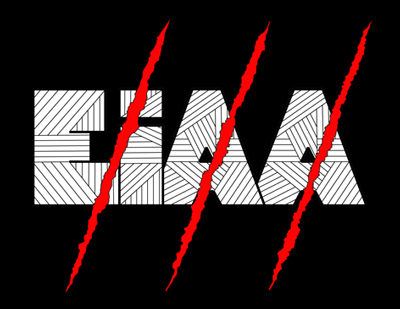
El Encuentro Internacional de Arqueología Amazónica
Archaeology Under the Canopy : LiDAR at El Pilar Belize-Guatemala
Anabel Ford, Exploring Solutions Past, Santa Barbara, Claifornia
Keith Clarke, University of California Santa Barbabra
The exuberant forest vegetation challenges archaeological settlement surveys under the canopy. Designs of transect samples based on paper maps using land survey techniques and, more recently, the Global Positioning Systems, has been the solution. These samples in the Maya area have been used to extrapolate to the greater region, proving successful in developing understanding of regional patterns of ancient Maya sites. Yet the details of settlement and land use have remained illusive largely because of the forest itself. LiDAR data (Light Detection And Ranging) is a remote sensing method capable of penetrating overlying forest canopies, imaging at high spatial resolutions and extraordinary accuracy provide a new tool for interpreting land use. New data for the El Pilar Archaeological Reserve for Maya Flora and Fauna of Belize and Guatemala provide insight into the subtleties of settlement and land use that are exposed with the LiDAR. Yet far from a magic wand, detected features are complex, relating to processing techniques, as well as land cover and cultural remains. These must be field validated. New LiDAR data for El Pilar points to the promise of new technologies but demonstrates that this tool for archaeological survey strategies in the forest must include the archaeologist.
